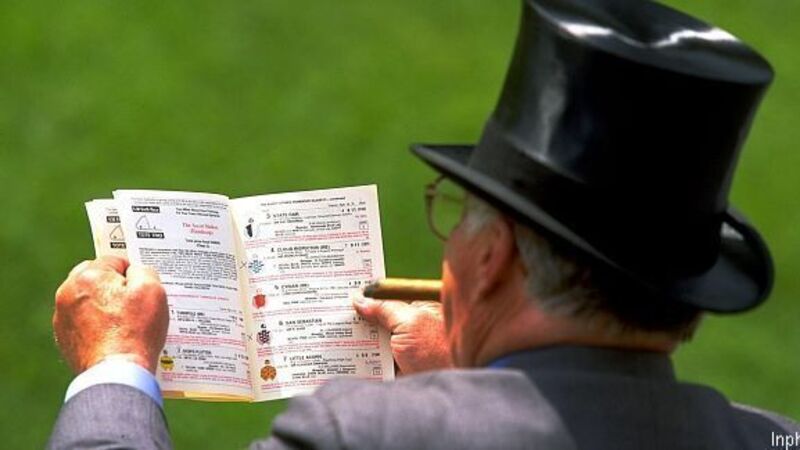The changing face of betting could see on-course bookmakers suffer

Given how betting has developed in the past decade and continues to move forward, it is inevitable that even this great meeting will find it more difficult to attract punters into the track as the years go by.
Next week is vitally important to the course, the town of Cheltenham and to the surrounding area, but it is also crucial for High Street bookmakers, who are working harder than ever to attract business and build brand loyalty.









